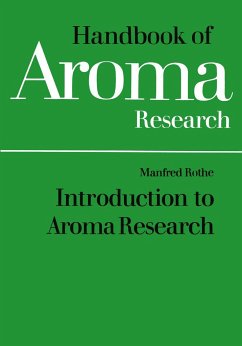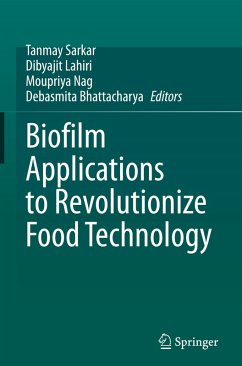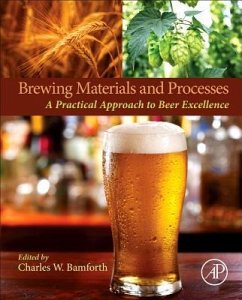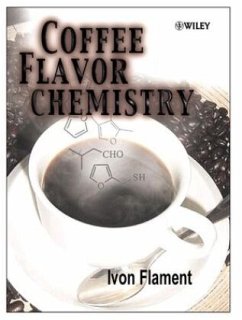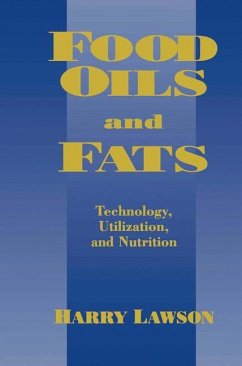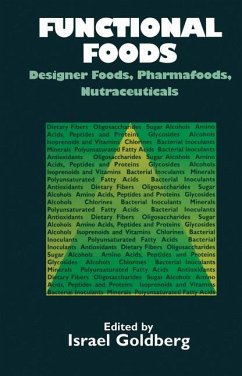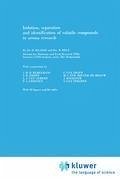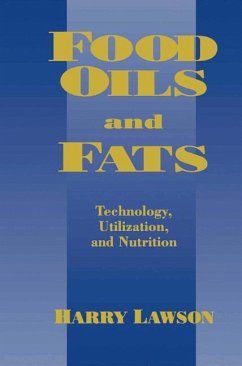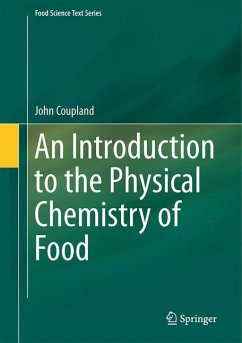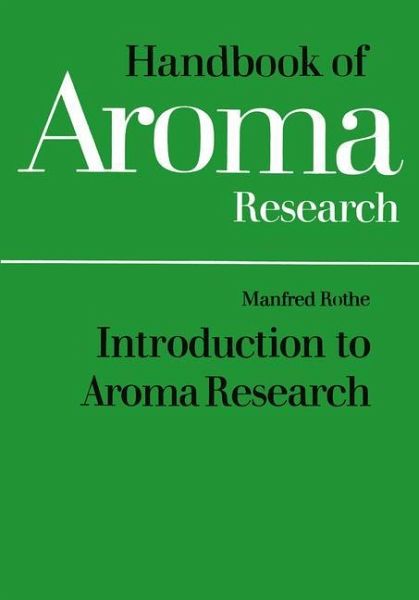
Introduction to Aroma Research
Versandkostenfrei!
Versandfertig in 1-2 Wochen
39,99 €
inkl. MwSt.
Weitere Ausgaben:

PAYBACK Punkte
20 °P sammeln!
`Rothe has done a good job ... and (I) highly recommend it to anyone interested in entering this field or associated with the field.' -- Journal of Controlled Release, 14, 1990
1. Research in the flavour field ¿ present situation and trends.- 1.1. Human perception of odour and taste.- 1.2. Attributes contributing to flavour sensation.- 1.3. Terminology.- 1.3.1. Main terms.- 1.3.2. Off-flavour.- 1.3.3. Flavour potentiation and modification.- 1.4. Aroma and flavour: the consumer¿s point of view.- 1.5. Development of aroma research.- 1.5.1. Historical and modern aspects.- 1.5.2. Problems and perspectives in food flavouring.- 2. Aroma analysis.- 2.1. Sensory analysis.- 2.1.1. Sensory testing and evaluation methods.- 2.1.2. Sensory versus instrumental analysis.- 2.2. Chromatographic analysis.- 2.2.1. Development of chromatographic techniques.- 2.2.2. Isolation and concentration procedures.- 2.2.3. Thin layer chromatography.- 2.2.4. Gas chromatography.- 2.3. Spectrometric identification.- 2.4. Food aroma components.- 2.4.1. Occurrence in food and beverages.- 2.4.2. Aroma efficacy and threshold value.- 2.4.3. Weighting problems.- 2.5. Relationship between sensory and instrumental data.- 3. General problems in aroma research.- 3.1. Chemistry and biochemistry of aroma formation.- 3.2. Interrelation between practical aroma problems.- 3.3. Nutritional aspects of food flavour.- 4. Future aspects.- 5. Time table about the history of production, processing and consumption of aroma-rich foods and flavourings.- Literature.- Bibliography of actual literature to the topic.- Author index.





